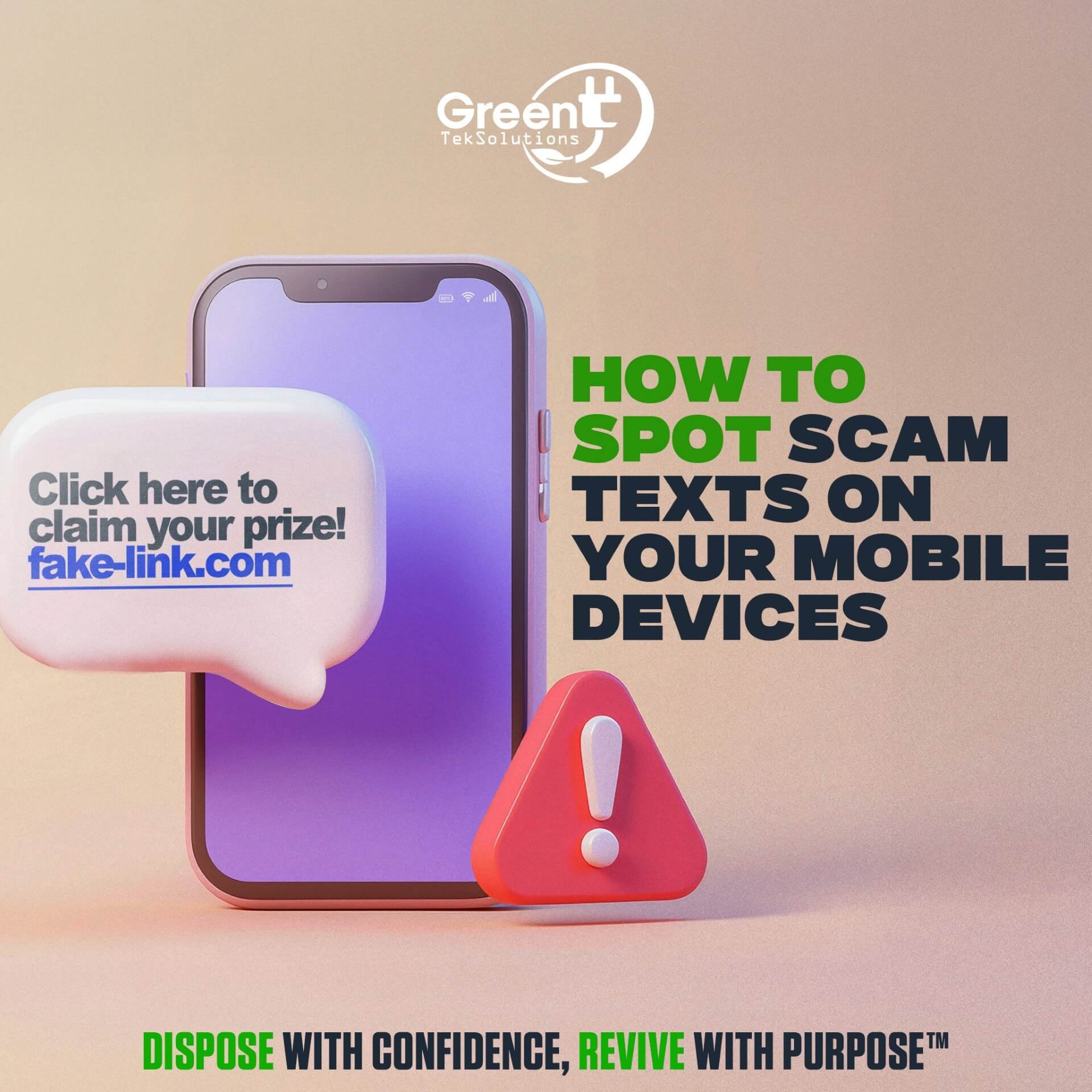In today's digital environment, scams and fraud are part of our day to day. Welcome to the world of scam texts. Scammers try to trick you into giving away sensitive information including passwords, banking details, and login credentials.
Email phishing has been around for a long time. Now, a new threat is coming to cell phone text messages: scam texts, also known as SMS phishing or smishing.
These fraudulent messages often look legitimate and come with urgent language, suspicious links, or fake alerts.
Here’s how you can spot scam texts and protect yourself before it’s too late:
- •If a message starts with “Dear user,” “Hi customer,” or simply has no name at all, that’s a red flag. Legitimate businesses usually address you by name, especially if it's related to an account or service you use.
- •Scammers love to create panic. They may send you messages like “Complete your contact information", "Your account is locked!” or “Unusual activity found—verify now!”. Their goal is to scare you and make you act quickly before you can think clearly.
- •Scam texts often include shortened URLs or weird domain names that look similar to real ones. Avoid clicking these links. Instead, visit the company’s official website directly by typing it into your browser.
- •If a text message asks for your password, social security number, bank info, or card details, it is likely a scam.
- •Scam texts often contain typos, odd sentence structures, or poor grammar.
- •Scam messages can come from different sources. They might be from a random number, an unknown international code, or a fake number that pretends to be someone you know.
Many scam texts work because they catch us off guard. Please do not share personal or financial information. Also, do not answer suspicious phone calls.
However, if you know what to look for, it is easier to spot fake information. Scams and fraud are everywhere (especially found across social media), so please stop, read, think twice, and analyze before you act.

